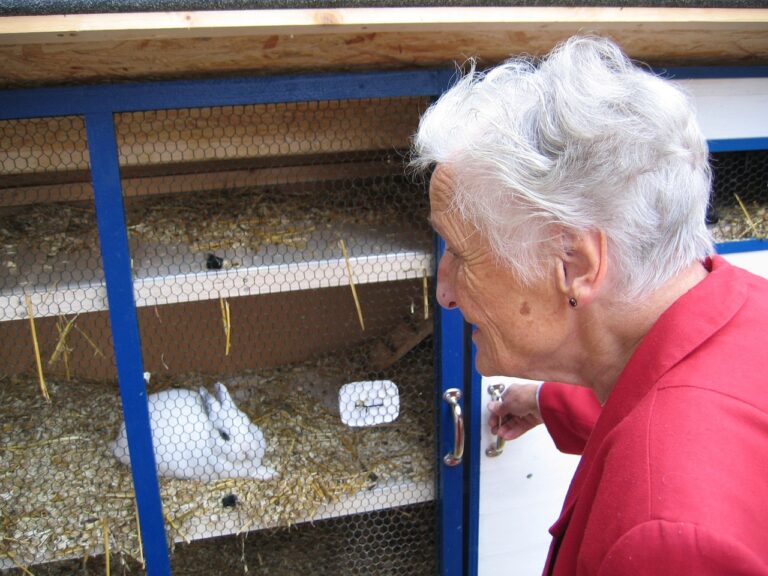The Role of Technology in Elderly Care and Aging in Place
Assistive technologies have become indispensable tools for enhancing the quality of life for senior citizens. These innovative gadgets and devices enable the elderly to maintain their independence and autonomy in various aspects of their daily routines. From simple tools like grab bars and walking aids to advanced devices like smart home systems and medication management apps, assistive technologies cater to a wide range of needs for the aging population.
The benefits of assistive technologies extend beyond physical well-being to include mental and emotional health. These tools offer peace of mind to families and caregivers by providing real-time monitoring and emergency assistance. Moreover, assistive technologies promote social connectedness and enable older adults to stay engaged with the world around them.
• Assistive technologies help senior citizens maintain their independence and autonomy
• They cater to a wide range of needs, from simple tools to advanced devices
• These gadgets enhance physical well-being as well as mental and emotional health
• Real-time monitoring and emergency assistance provide peace of mind to families and caregivers
• Promote social connectedness and keep older adults engaged with the world around them
Challenges Faced by Elderly Individuals in Adopting Technology
Elderly individuals often encounter obstacles when it comes to adopting new technologies. One common challenge is the difficulty in understanding how to operate electronic devices that may be complex or unfamiliar to them. This lack of technological literacy can lead to frustration and reluctance in embracing advancements that could improve their quality of life.
Moreover, seniors may face physical limitations that hinder their ability to effectively use certain devices. Issues such as impaired vision or dexterity can make navigating touchscreens or small buttons on gadgets challenging. As a result, elderly individuals may feel overwhelmed or discouraged by the demands of modern technology, making it harder for them to fully benefit from the conveniences it offers.
Innovations in Health Monitoring Devices for Aging in Place
Health monitoring devices have significantly advanced in recent years, providing senior citizens with innovative solutions to monitor their well-being while aging in place. From smart wearable devices that track vital signs to sensors that monitor activity levels and sleep patterns, these technologies offer seniors a sense of security and peace of mind.
One notable innovation is the integration of artificial intelligence and machine learning algorithms into health monitoring devices. This allows for personalized health insights and early detection of potential health issues, enabling seniors to take proactive measures to maintain their health and well-being. By leveraging these cutting-edge technologies, older adults can more effectively manage their health and age in place with greater independence and confidence.
What are some benefits of assistive technologies for senior citizens?
Assistive technologies can help senior citizens live independently, monitor their health, and provide peace of mind to caregivers.
What are some challenges faced by elderly individuals in adopting technology?
Some challenges include limited tech literacy, concerns about privacy and security, and difficulties in using complex devices.
What are some innovations in health monitoring devices for aging in place?
Innovations include wearable devices that track vital signs, smart home sensors that detect falls, and telemedicine services for remote health monitoring.







